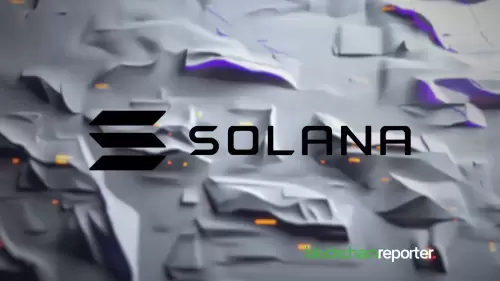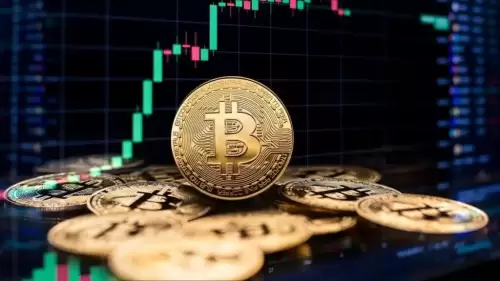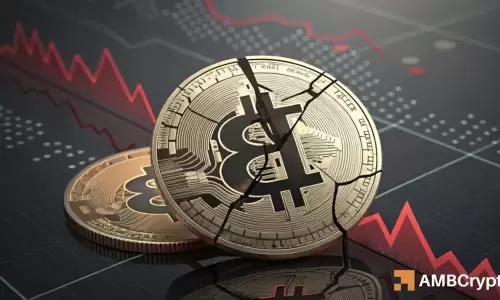 |
|
 |
|
 |
|
 |
|
 |
|
 |
|
 |
|
 |
|
 |
|
 |
|
 |
|
 |
|
 |
|
 |
|
 |
|

The emergence of non-fungible tokens (NFTs) has provided a unique perspective in the digital art world, creating new monetisation verticals for artists and unusual ownership experiences for collectors. However, the exploding market has brought forth interesting legal challenges concerning copyright ownership and separate intellectual property rights.
As the NFT market grows, understanding NFTs and copyright law is imperative for creators, brands and consumers.
NFT Market Surge: What You Need to Know
In recent years, the NFT market has grown significantly, reaching $24.9 billion in 2021, according to DappRadar's 2021 report.
Artists, musicians and creators have begun capitalising on NFTs to monetise their digital output, bringing new life to income streams that are typically unavailable in traditional markets. The growing scope has brought together many participants, from independent creators to larger corporations, all keen to take advantage of the unique opportunities NFTs bring.
NFTs, or non-fungible tokens, are uniquely identified digital assets verified using blockchain technology, enabling artists to tokenise their work for sale in a decentralised marketplace. A salient distinction between cryptocurrencies and NFTs is that NFTs are not fungible and can’t be duplicated, making them incredibly valuable for digital art. However, this very distinctiveness creates complications in the area of ownership and copyright law.
Copyright Dilemmas in NFTs
There are a few key challenges to copyright posed by the NFT market:
In Miroslav Dimitrov v. Frank Ape LLC, the court considered the distinction between ownership of NFTs and ownership of the copyright; a sale of an NFT does not transfer copyright unless specified in the cointainers of the parties’ agreement. This underscores the importance of a well-defined legal framework governing NFT transactions.
Another notable case is Miramax v. Tarantino, in which Miramax challenged filmmaker Quentin Tarantino for selling his Pulp Fiction NFTs. This has raised questions about who owns the rights to commercialise digital assets that are based on existing intellectual property.
The Case of Hermès vs. Rothschild (2022)
The case of Hermès against Rothschild is critical in showing the intersection of NFT and trademark law. Hermès sued Rothschild, the creator of the NFTs, claiming that they infringed upon the company's trademark rights. The question before the court was whether Rothschild's works fell under the category of artistic expression protected by the First Amendment or if they were creations that went too far and amounted to trademark infringement.
The court recognised Rothschild's NFTs as artistic works and that consumers were likely to be confused due to the strong association with the Hermès mark in the NFTs. This case balances the fine line between artistic freedom and protection from trademarks in the digital space. It also highlights the need for creators to be mindful of existing trademarks while producing NFTs that reference or take off from established brands.
Digital Rights Protection
As the NFT market continues to grow, creators and brand owners should update their rights-fighting strategies accordingly:
While platforms such as OpenSea and Rarible do provide templates for licensing agreements, these templates are often not legally binding. Creators should seek legal counsel to draft a binding agreement that covers the terms of the license, the grant of rights, and any limitations on use.
Creators can also use smart contracts to pay royalties and enforce licensing provisions automatically. For example, Ethereum-based NFTs allow creators to embed royalty clauses into smart contracts, thus ensuring that a percentage of resale profits goes back to them. This is crucial because, in most jurisdictions, copyright does not automatically carry an obligation to pay royalties.
Conclusion
At the same time, it is a combination of opportunity and challenge for the creator or brand as NFTs and copyright law continue to intersect. As the market grows, the legal landscape will be an essential pillar to protect intellectual property rights in this new digital age. The Hermès v. Rothschild and Miramax v. Tarantino cases are historical examples of the ongoing conversation between innovation and the protection of law, which clarifies ownership and rights in the developing NFT market.
As all interested stakeholders traverse and explore this complicated landscape, collaboration will offer avenues within which an effective and efficient intellectual property protection scheme will create the foundation for creativity and fair practice in the digital economy. In this fast-changing environment, staying informed and proactive will be fundamental ways to succeed in maneuvering through NFT and copyright law intersections.
부인 성명:info@kdj.com
제공된 정보는 거래 조언이 아닙니다. kdj.com은 이 기사에 제공된 정보를 기반으로 이루어진 투자에 대해 어떠한 책임도 지지 않습니다. 암호화폐는 변동성이 매우 높으므로 철저한 조사 후 신중하게 투자하는 것이 좋습니다!
본 웹사이트에 사용된 내용이 귀하의 저작권을 침해한다고 판단되는 경우, 즉시 당사(info@kdj.com)로 연락주시면 즉시 삭제하도록 하겠습니다.






























































